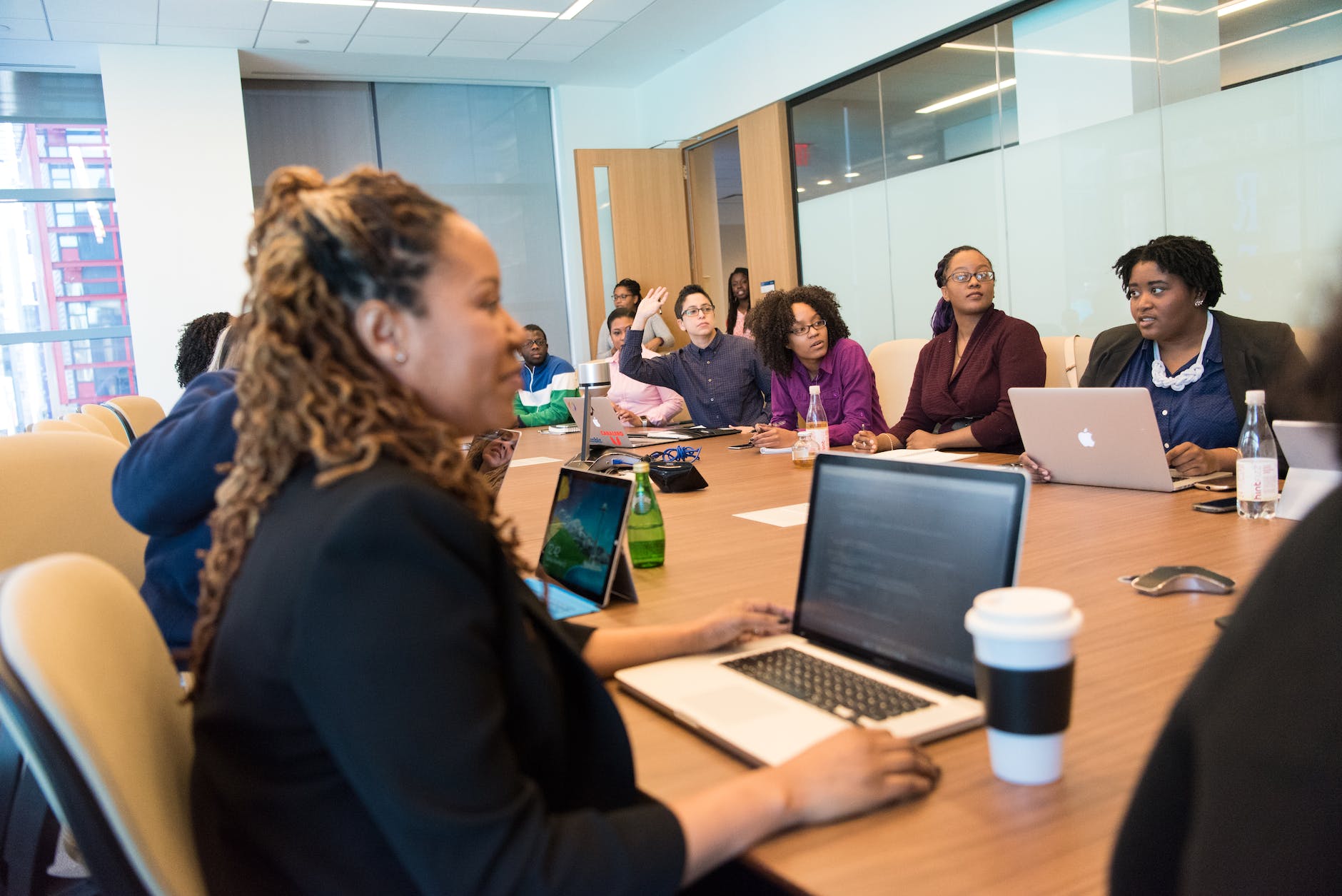
Catlin Tucker continues to lead the way in blended learning. Her most recent post outlines the three pillars of high-quality blended learning.
Tucker describes the three pillars of successful blended learning are student agency, differentiation, and control over the learning pace. Student agency involves giving students meaningful choices in their learning process, such as content-based choices on subjects or topics and process-based decisions on learning approaches or resources, fostering a sense of responsibility and engagement.
- Catlin R. Tucker (Author)
- English (Publication Language)
- 232 Pages – 07/05/2022 (Publication Date) – Solution Tree Press (Publisher)
Differentiation, the second pillar, requires adjusting teaching methods to address each student’s unique needs and abilities. This could involve varying assignments based on proficiency levels or providing structured guides for students who need additional support. The final pillar is student control over the pace of learning. Misalignment between the pace of learning and the learner’s needs can lead to disengagement or distraction; therefore, granting students autonomy over the speed at which they learn enhances engagement and success. By integrating these pillars, educators can create robust blended learning environments, enhancing student engagement and improving educational outcomes.
Last update on 2025-11-27 / Affiliate links / Images from Amazon Product Advertising API
